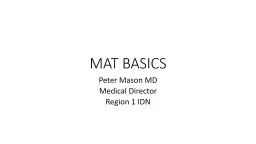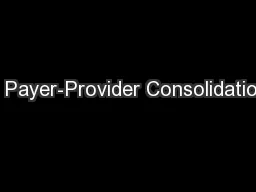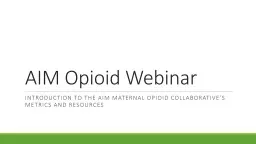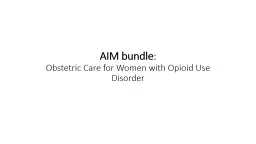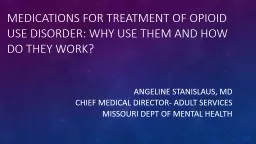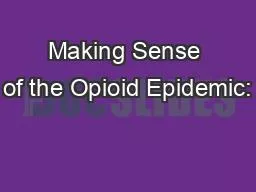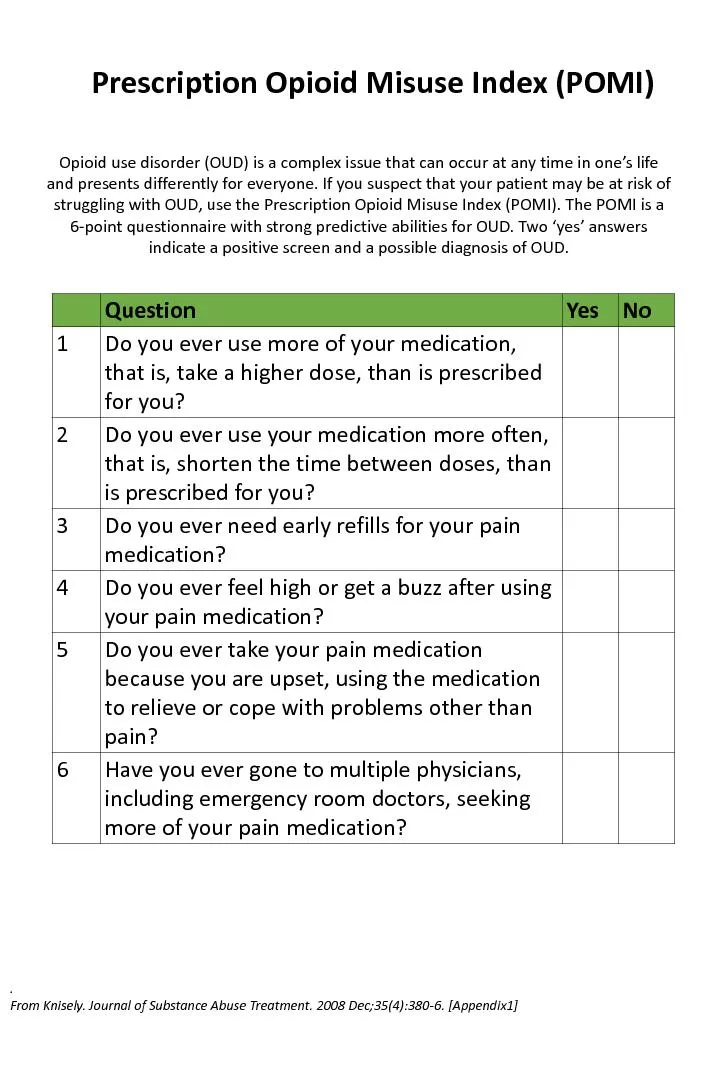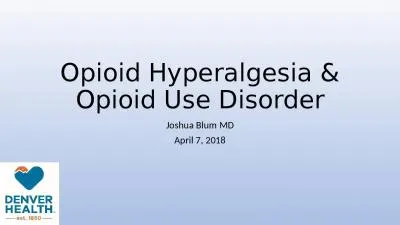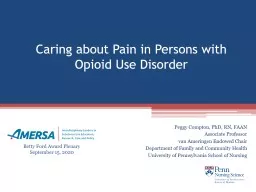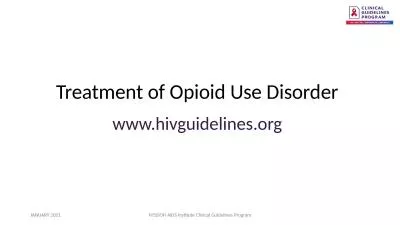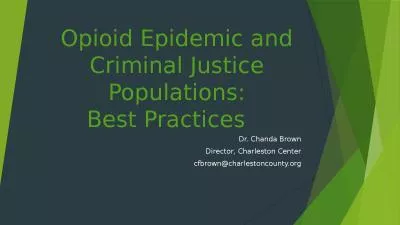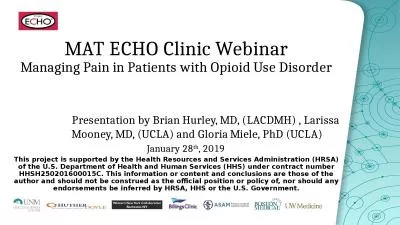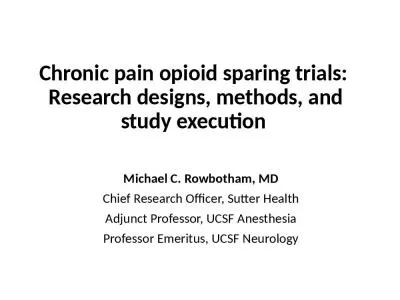PPT-MAT BASICS Peter Mason MD Medical Director Region 1 IDN Opioid Use Disorder (OUD)
Author : olivia-moreira | Published Date : 2019-10-31
MAT BASICS Peter Mason MD Medical Director Region 1 IDN Opioid Use Disorder OUD Opioid Use Disorder OUD A medical condition characterized by a problematic pattern
Presentation Embed Code
Download Presentation
Download Presentation The PPT/PDF document "MAT BASICS Peter Mason MD Medical Direct..." is the property of its rightful owner. Permission is granted to download and print the materials on this website for personal, non-commercial use only, and to display it on your personal computer provided you do not modify the materials and that you retain all copyright notices contained in the materials. By downloading content from our website, you accept the terms of this agreement.
MAT BASICS Peter Mason MD Medical Director Region 1 IDN Opioid Use Disorder (OUD): Transcript
Download Rules Of Document
"MAT BASICS Peter Mason MD Medical Director Region 1 IDN Opioid Use Disorder (OUD)"The content belongs to its owner. You may download and print it for personal use, without modification, and keep all copyright notices. By downloading, you agree to these terms.
Related Documents

